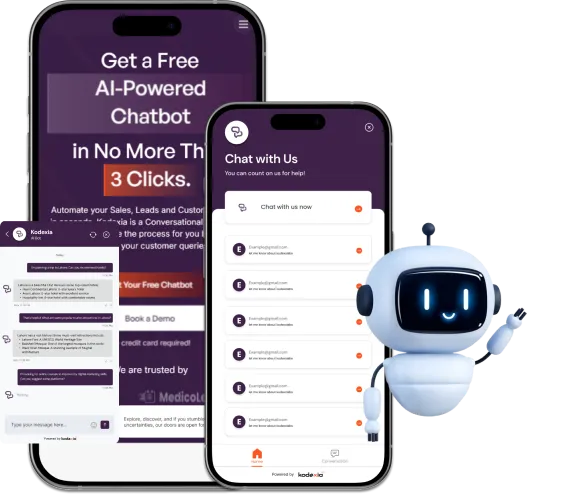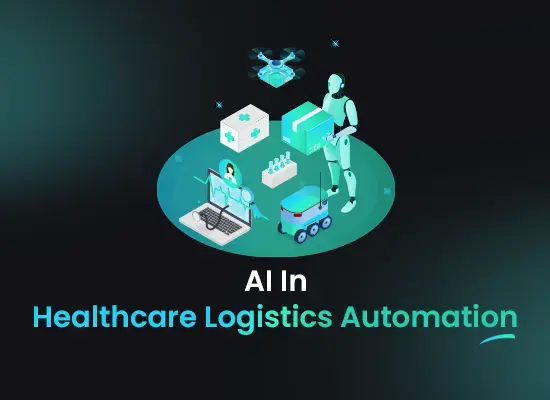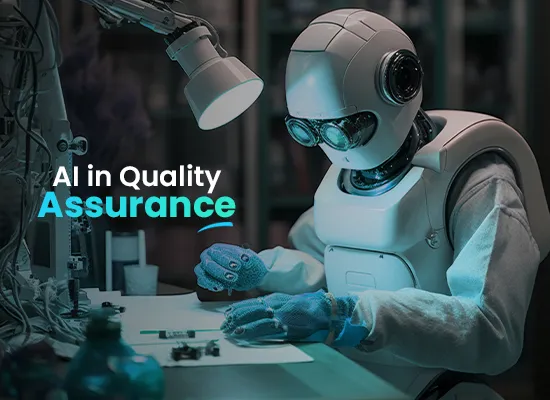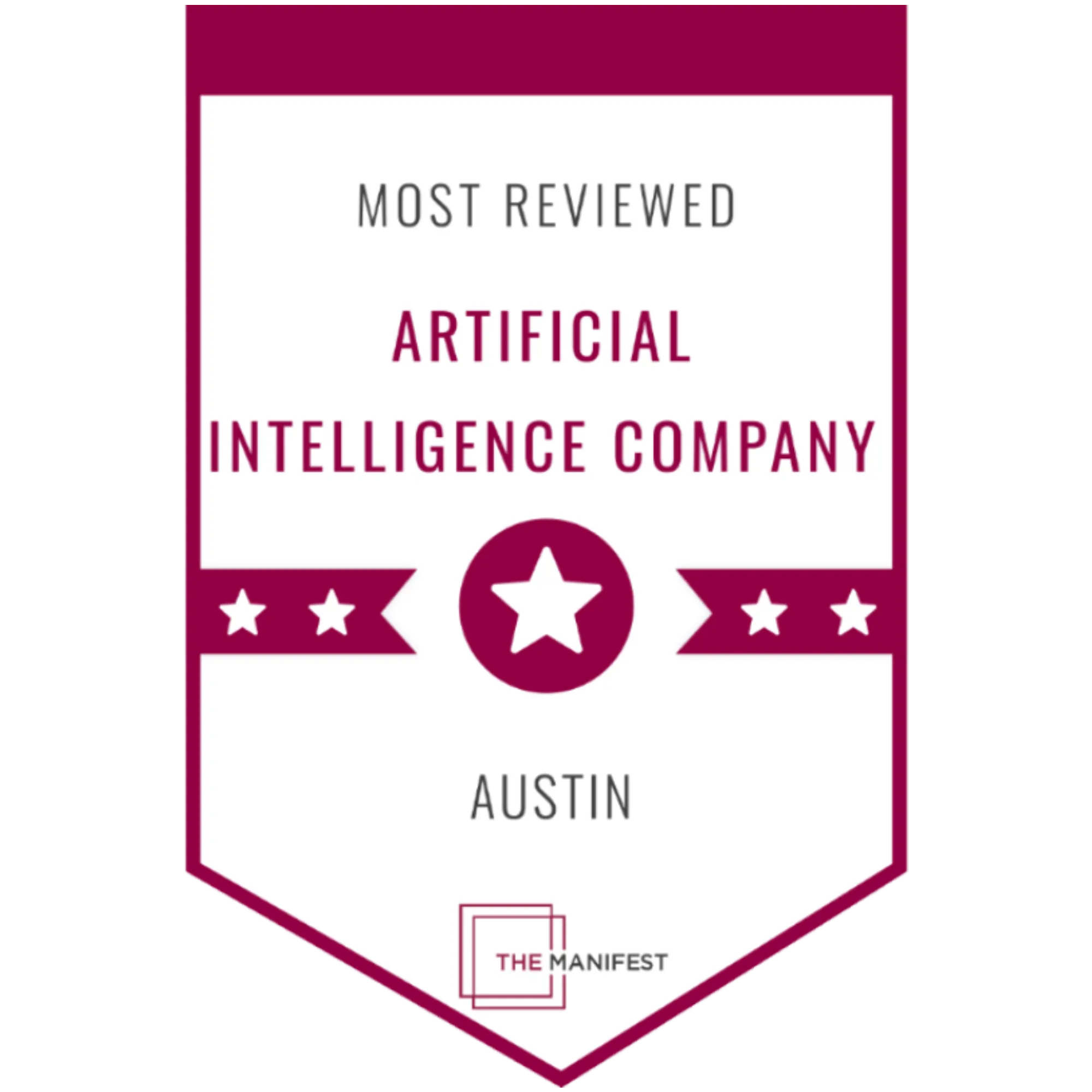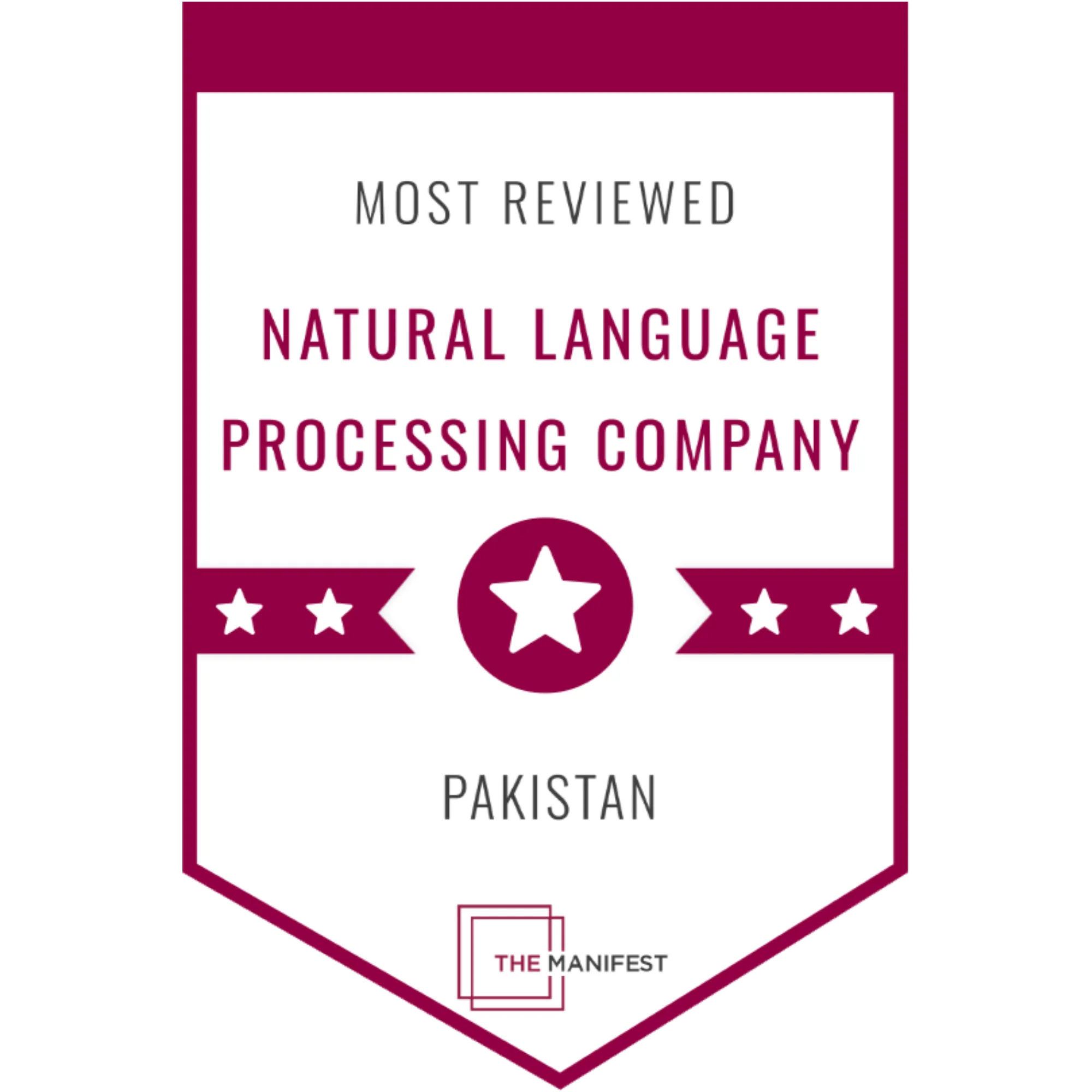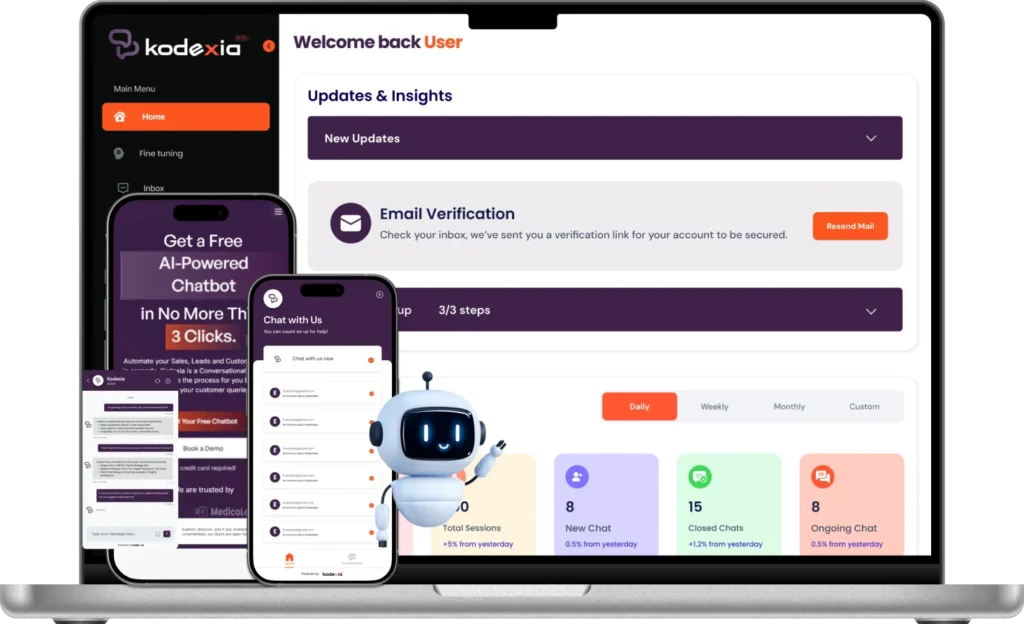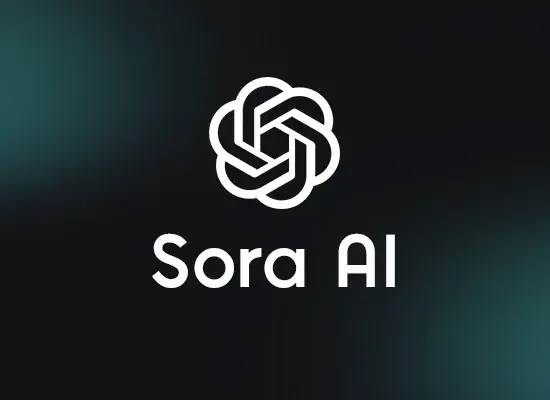
Contents
AI video software uses advanced technology to create and edit videos automatically. By simply providing text, images, or other inputs, this software can turn them into realistic video content. It can also edit existing videos or generate entirely new ones from scratch.
Whether it’s for marketing, education, entertainment, or other industries, AI video software is opening up new opportunities for creators and businesses alike. With its ability to work with minimal input, this tool is making video production more accessible and efficient for everyone.
What Is OpenAI and Its Connection to Sora?
OpenAI is a research organization that focuses on creating advanced Artificial Intelligence systems to benefit humanity. The company is best known for its language models like GPT, which can generate human-like text, and DALL·E, which creates images from text prompts. These AI models are capable of understanding and generating content, opening up new possibilities for creators, educators, and businesses.
OpenAI is constantly working to improve its models and expand its capabilities. Open AI Sora is the latest development, extending the idea of generating content from text into the world of video creation. With The new model, users can generate high-quality videos based on simple text descriptions, making video production more accessible to everyone.

How OpenAI Drives the Sora AI Model?
Open AI sora is built on OpenAI’s years of research in artificial intelligence and deep learning. The model uses a technique called diffusion to create videos from text, where the AI gradually refines an image or video from random noise into a clear, coherent video. This process is similar to how GPT models refine language, but The new model focuses on generating high-quality visuals.
- The new model uses a transformer architecture to handle complex video generation tasks.
- OpenAI’s years of research in AI have enabled the new model to create videos that are both realistic and engaging.
- The new model simplifies video creation by turning written descriptions into realistic video footage.
- OpenAI is committed to ethical AI development, they are also considering the potential risks
- They are working on making sure that the new model is used responsibly.
What Is Sora AI? The Future of Text to Video AI:
Open AI Sora is a new tool that allows users to create videos from text prompts. The model can generate videos up to 20 seconds long, with options for different aspect ratios like widescreen or vertical. Users can also bring in their images or videos to create new content by modifying or extending the original materials.
- Videos can be up to 1080p resolution for high-quality output.
- Users can create videos in various aspect ratios, perfect for platforms like YouTube, Instagram, and TikTok.
Another key feature of this model is its ability to animate still images, giving new life to photos and illustrations. Sora has applications in marketing, filmmaking, education, and social media content creation.
- It allows you to generate new videos from written descriptions.
- It can also take an existing image and animate it to make a video.
How Sora AI Transforms Content Creation?
With this model, creators can produce high-quality videos with ease, even if they don’t have prior video editing experience. The AI can take the text to video prompts and turn them into a fully visual experience, making it an excellent tool for marketers, storytellers, and educators. The ease of use and powerful capabilities help anyone turn their ideas into videos quickly.
- It is accessible to a range of users, including businesses and independent creators.
- It helps people create content that looks professional without needing expensive equipment or extensive training.
- This model can remix and extend videos, making it a flexible tool for different types of projects.
- Sora allows users to combine multiple video clips into a single cohesive video.
- The model also offers features to extend videos or create loops from any part of the video.
How to Create Videos with Sora AI?
To begin using this model, you need a ChatGPT Plus or Pro subscription. Once you’ve set that up, you can log in to the platform and start generating videos.
It can create diverse scenes, including animals, landscapes, and even intricate narrative-driven visuals like movie trailers. Sora supports users with various levels of access, depending on their plan, such as 50 videos per month for Plus users.
Sora comes in two versions: a standard model for general users and a “Turbo” version for those subscribed to ChatGPT Plus and Pro. The Turbo version offers enhanced capabilities, including the ability to generate higher-resolution videos and more extensive storage.
- ChatGPT Plus: Allows 50 videos per month at a resolution of 480p and a 5-second duration.
- ChatGPT Pro: Offers 500 videos per month, including high-quality 1080p videos of up to 20 seconds in length.
Creating Your First Video:
Once you have access, it’s easy to get started:
- Type a short text description, like “a mountain sunset with birds flying“.
- The model will generate a video that matches the description, from start to finish, in just a few moments.
You can also remix existing videos or add new content to extend or modify the video based on what you need.
Example Applications:
The model has multiple applications for different industries. Here are some ways creators can use it:
- Film & Animation: Directors and animators can use it to create quick drafts or full-fledged scenes for projects.
- Marketing: Advertisers can generate compelling video ads in minutes, saving time and money on production.
Examples:
- A marketing campaign for a new product can feature a quick video of the product in use, generated by this model based on a text description.
- An animator could use it to create a scene of a dragon flying over a city with just a few lines of text.
What is Sora AI for Social Media and Content Creation?
For content creators, especially on platforms like YouTube, Instagram, and TikTok, it offers an efficient way to generate videos:
- Short Videos: Create video content that’s ideal for quick social media posts.
- Custom Videos: Animate specific scenarios or make original videos based on popular trends.
Examples:
- A TikTok creator could use Sora to generate a fun video of a cat dancing based on a short text prompt.
- YouTube creators could make how-to videos, turning educational content into visual material instantly.
Tips for Using Sora AI Effectively:
To make the most out of this model, here are some helpful tips:
- Keep prompts clear: The more specific you are with your text description, the better the video quality will be.
- Use Sora’s editing tools: You can adjust the video frames and settings to create more polished videos.
- Try combining multiple images for richer content.
- Explore community creations to see how others are using the tool for inspiration.
When you get familiar with Sora, you’ll see that it becomes easier to produce high-quality video content with just a few simple steps.
How Text to Video AI Works: The Technology Behind Sora
Text to video AI allows users to turn written text into video content, and The model does this with impressive results. The process begins when you provide a text prompt, and the AI uses its understanding of natural language to generate a video that matches your description.
Basics of Text to Video AI:
The model uses artificial intelligence to simulate reality, meaning it attempts to create videos that look natural and believable. It’s like having an AI-powered chatbot that listens to your ideas and brings them to life through video.
- The AI breaks down the text into elements it can understand.
- It then combines these elements into video frames that visually represent your description.
How Sora AI Converts Text into Video:
this modelI takes your text prompt and begins generating a video by first creating an initial image, and then turning it into a sequence of frames. As it builds the video, its neural network checks for consistency and fluidity, ensuring the video matches your description.
- Frame creation: Sora generates images for each scene or frame.
- Video smoothing: The AI adjusts the frames so the video flows naturally.
With the ability to generate videos of up to 20 seconds in length, this model gives users the freedom to create short but high-quality video content from simple text inputs.
Technologies Powering :
This model relies on multiple technologies to make this possible. It uses a diffusion model, which starts with noise and gradually refines it to create a realistic video. This process is powered by artificial intelligence, enabling the model to produce visually accurate and dynamic results.
- Natural language processing: Sora understands text input and translates it into visual elements.
- Machine learning: Through machine learning algorithms, Sora improves over time, learning from user input and adjusting its output accordingly.
The combination of these technologies makes this model a powerful tool for creators looking to make videos from text prompts without requiring technical expertise.
Benefits of Text to Video AI with Sora:
Text to Video AI is rapidly changing how content is created. With this model, users can convert simple text descriptions into video content. This technology offers several benefits across various fields, making it an important tool for anyone looking to create engaging video content.
Through custom software development, Sora opens new possibilities for how we approach visual storytelling. It supports businesses and creators in producing high-quality video content quickly and at scale.
Let’s dive into how Sora benefits content creation, marketing, education, and more.
1- Enhanced Content Creation:
This model makes video production easier for creators. You can now describe any idea in words, and the system will turn it into a video.
- Generate videos from simple text prompts in seconds.
- Create visuals from ideas or concepts that are hard to capture otherwise.
- Perfect for creating promotional content or educational videos.
- Animate still images, turning static photos into engaging videos.
Example: A marketing team can use Sora to create product demo videos simply by describing features or benefits in text, instead of filming and editing.
2- Accessibility and Ease of Use:
This model is designed to be user-friendly, even for those who don’t have technical expertise.
- User-friendly interface allows anyone to create videos easily.
- Works well on both desktop and mobile platforms.
- Perfect for non-experts or those without video production resources.
Example: A small business owner can create an informative video about their product using just a description of what they want to showcase, instead of hiring a production team.
3- Easy Integration in Your Workflow:
This modelI fits perfectly into your existing content creation process. You can generate videos directly from text, saving you time and resources in video production.
- Quickly turn text into videos for social media posts.
- Easily incorporate videos into presentations or advertisements.
- Works alongside your current tools without the need for big changes.
- Ideal for content teams looking to produce more in less time.
Example: A content team can use this model to create short social media videos from articles or blogs, and post them quickly without needing additional tools.
4- Time and Cost Savings:
Using this model cuts down the amount of time and money spent on video production.
- Save money on hiring video production teams or purchasing expensive software.
- Quick turnaround time means you get videos faster.
- No need for filming, editing, or hiring additional resources.
- Reduces the cost of stock footage and production tools.
Example: A company can create a marketing video for their new product in a fraction of the time it would normally take to film and edit a video with a production crew.
5- Versatility Across Industries:
Open AI Sora is a versatile tool that works across various industries.
- Useful for businesses, schools, and content creators.
- Helps visualize complex data or educational concepts.
- Perfect for creating commercials, educational content, or training videos.
- Can be applied in sectors like healthcare, entertainment, and marketing.
Example: A healthcare provider could use Sora to create educational videos on medical procedures that are easy for patients to understand.
6- Scalability for Growing Needs:
As your content needs grow, this model can grow with you.
- Increase the number of videos you generate as your business grows.
- Capable of handling large projects without sacrificing quality.
- Useful for both small businesses and large enterprises.
Example: A startup can begin by creating five videos a month and gradually increase the number as its brand grows, all without needing additional resources.
7- Personalization:
With OpenAI Sora, you can create videos that cater to specific audiences.
- Create videos that align with your brand’s voice and tone.
- Generate content that targets particular demographics or interests.
- Customize video lengths and formats to suit various platforms.
- Easily adapt your video content for specific marketing campaigns.
Example: A fashion brand can create videos highlighting their products with text prompts that emphasize trends or seasons, targeting different customer groups.
8- Multilingual Support:
The model can help you reach a global audience by creating videos in multiple languages.
- Localize content to suit cultural preferences and nuances.
- Easily expand your business to international markets.
- Great for companies with a diverse customer base.
Example: An international brand can produce promotional videos in English, Spanish, and French, allowing them to appeal to customers in multiple countries.
9- Brand Consistency:
The model ensures that your video content stays consistent with your brand’s identity.
- Easily match the tone and style of your brand in every video.
- Incorporate your brand colors and logos directly into videos.
- Supports your brand’s overall visual identity.
Example: A company can create training videos or ads where every piece of content feels on-brand, using the same colors, fonts, and style in each video.
10- Creativity and Innovation:
This model sparks creativity by allowing you to explore new ways of storytelling.
- Generate new content ideas based on text descriptions.
- Quickly test out different concepts or storylines in video form.
- Foster collaboration by sharing generated videos with teams.
- Expand the possibilities for creative content with minimal effort.
Example: A filmmaker can describe an idea for a short scene in a few lines of text and have a video preview within minutes, helping them decide if it’s worth developing further.
Comparison of Sora with Other AI Video Models:
Open AI Sora vs CogVideoX vs HunyuanVideo:
| Feature | Open AI Sora | CogVideoX | HunyuanVideo |
|---|---|---|---|
| Video Length | Up to 20 seconds | Up to 6 seconds | Variable |
| Resolution | Up to 1080p | 720×480 | Variable |
| Focus Area | High-quality video creation | Text-video alignment | Motion and scene dynamics |
| AI Model | Diffusion model + Transformer | Diffusion transformer + VAE | 13 billion parameters |
| Video Editing Tools | Storyboarding, Remix | None | None |
| Target Users | Content creators, professionals | Researchers, developers | Developers, researchers |
| Motion Quality | High | Moderate | Very high |
| Accessibility | Subscription-based | Open-source | Open-source |
Open AI Sora vs CogVideoX:
The new model and CogVideoX have similarities in their core functionality, such as:
- CogVideoX is built on a large-scale diffusion transformer, and it aligns the text with the video content. However, the videos it generates are shorter in length (up to six seconds) and have a resolution of 720×480.
- Sora supports videos up to 20 seconds long, with resolutions reaching 1080p. This allows for more detailed and longer video generation, which is a significant advantage over CogVideoX in terms of content complexity.
CogVideoX excels in text-video alignment, making it a good tool for research purposes. However, the output quality and video duration are limited compared to Sora, which offers greater flexibility.
Open AI Sora vs. HunyuanVideo:
HunyuanVideo, developed by Tencent, is a large-scale AI model that stands out for its advanced features, such as video-to-audio synthesis and motion dynamics.
- HunyuanVideo stands out in motion quality and scene dynamics, offering more lifelike video generation.
- This model offers flexibility with its storyboard tool and the ability to remix videos, making it a great choice for creators looking to build dynamic video content from scratch.
In terms of accessibility, HunyuanVideo is open-source and available on GitHub, which is great for developers. In contrast, open ai Sora is offered through a subscription service, focusing on professional applications.
The Future of Text to Video AI: What’s Next for Open AI Sora?
As open AI continues to improve, several key trends will shape the future of text to video AI:
- Improved Realism: The quality of AI-generated videos is expected to get better over time. The more data and feedback AI models like Sora receive, the more they will be able to create videos that look and feel like real-life content.
- Better Integration with Other Tools: We’re likely to see this model work better with other software and platforms. Imagine using chatbot integration to provide detailed instructions to this model to generate video content based on real-time conversations.
Example: In the future, creators might ask a chatbot to generate a video tutorial. The AI could then process the request and create a high-quality video on the spot.
- Multimedia Content Creation: As AI models advance, they will support a range of multimedia content like animations, infographics, and interactive videos that go beyond just text to video capabilities.
- Real-Time Editing: Future versions of this model may allow users to edit videos instantly, adding new elements or changing the video’s style as the AI processes new inputs.
Example: A user might ask the AI to change a video’s color palette or add a logo on the fly, all while the video continues to generate.
The Impact of Open AI Sora on Digital Content:
Open-AI sora is set to change how content is created and consumed across different industries.
- Faster Content Production: With open AI Sora, video creation will become much faster, allowing creators to use natural language processing to generate content in minutes instead of hours. This could mean more videos for marketing, education, or entertainment at a fraction of the usual time.
- Accessible for Everyone: The new model lowers the barriers to video production. You don’t need expensive equipment or a professional video editor. Anyone with a basic understanding of how to interact with the AI can create high-quality videos.
- Customization Options: As the technology matures, we’ll likely see even more ways to customize videos. From altering characters’ looks to adjusting video speeds or changing camera angles, the possibilities will grow.
- AI for All: Eventually, this model will be accessible to a wider range of people, including educators, students, and hobbyists. People from various backgrounds will be able to make videos that were once only possible with professional equipment and skills.
Example: An online teacher could create a dynamic lesson video using this model by simply typing a description of the lesson’s content.
Final Thoughts:
The arrival of this model signals the beginning of a new era in digital content creation and AI in digital marketing. With its ability to generate videos from text, it unlocks huge opportunities for creators across the world.
- Accessibility and Convenience: The new model will allow creators to make videos on the go, whether for social media, advertising, or personal projects. Video production is no longer confined to studios or high-tech equipment.
- Engaging Content: With better tools like chatbot integration, this model enables the creation of videos that not only inform but also engage viewers on a deeper level.
Example: A brand could use this modmodeld a chatbot to create interactive advertisements that adapt based on user inputs, creating a more engaging experience for customers.

Looking Ahead:
While Sora AI offers immense potential, there are still challenges to address. As AI models continue to evolve, it’s essential to use this technology ethically and responsibly. Quality control remains a key concern, as human oversight is needed to ensure the generated content aligns with the creator’s vision.
Additionally, regulation and safety are critical to preventing misuse, such as the creation of harmful or misleading content. Establishing clear guidelines and protections will be vital in ensuring that Sora and similar AI tools are used effectively and responsibly.


